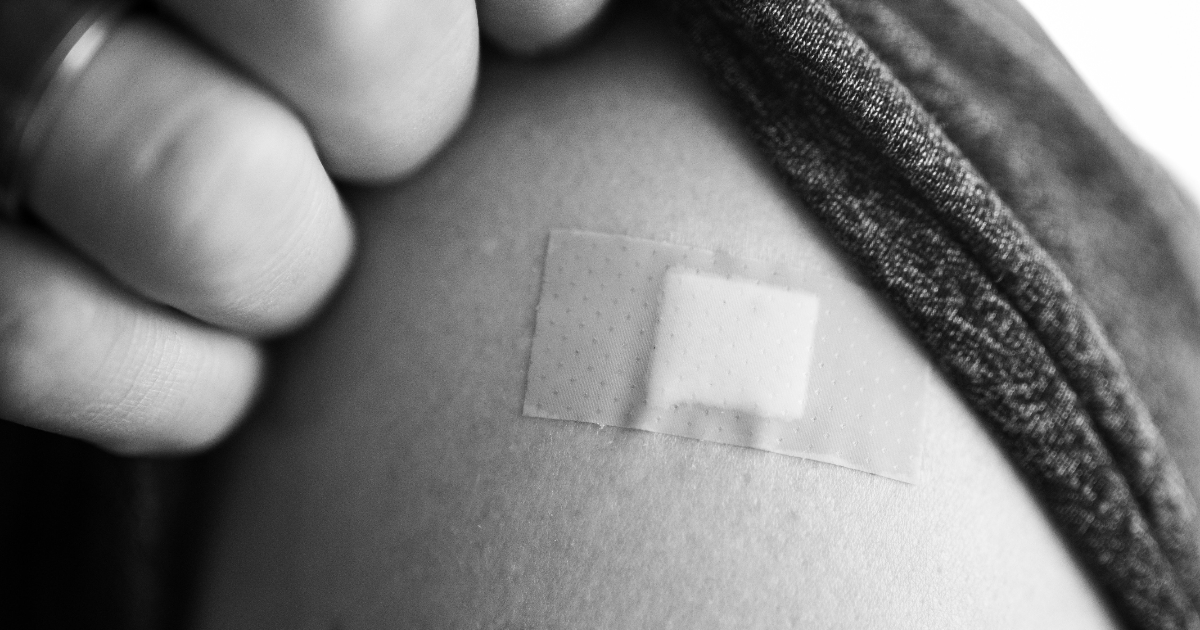The mRNA vaccines don’t show Covid-19 ‘doesn’t exist’

The caption of an Instagram post claims that mRNA Covid-19 vaccines destroy immune systems and that the virus that causes Covid-19 doesn’t exist.
Neither of these claims are true.
Fact checks like these are made possible with your support
The virus that causes Covid-19 does exist
The caption claims that: “it’s the convid [sic] shots sold and disguised as regular vaccines, except regular vaccines take a portion of a virus and let your own immune system fight against it, thus strengthening your immune system, where as these mRNA shots do not hold a live virus (because SARSCoV2 doesn’t exist) and actually destroy your immune system with every shot administered”.
While it’s true that the mRNA Covid-19 vaccines from Pfizer and Moderna don’t work the way many traditional vaccines do, that doesn’t mean the virus that causes Covid-19, SARS-CoV-2, doesn’t exist.
The Pfizer and Moderna Covid-19 vaccines work by delivering the genetic code (mRNA) for a protein specific to the surface of the SARS-CoV-2 virus (called a spike protein) using a lipid (fatty) membrane.
Cells in the body then use this mRNA to build copies of these proteins which the immune system responds to by producing antibodies. This provides protection if the person catches the real disease later.
It’s true that no whole or live virus is in these vaccines, but that isn’t because the virus “doesn’t exist” as the post claims.
We’ve written about the fact that the virus exists, and it has been isolated and its entire genetic make-up determined by sequencing its genome, several times before.
Lateral flow and PCR tests show us that people are infected with the virus, and sadly, there have been over 205,000 deaths in the UK where Covid-19 was mentioned on the death certificate as one of the causes.
It’s not clear what exactly the post is referring to when it mentions “regular vaccines” that use a “portion of a virus”. There are several types of commonly issued vaccines that work in a number of different ways, and vaccines don’t need to contain a portion of a virus to work, or be called vaccines.
Live attenuated vaccines use a whole bacteria or virus which has been severely weakened so it doesn’t cause the disease in healthy people. Examples of this include the MMR and the BCG. A similar type, known as an inactivated vaccine, uses a virus that has been killed or altered to avoid replication to spark an immune response, such as the vaccine against rabies and certain vaccines against flu.
Another common type of vaccine is the subunit vaccine, which takes a surface protein of the bacteria or virus it’s trying to protect against. This triggers an immune response that protects against the disease, and includes the HPV vaccine.
Other types of vaccines are made with inactivated versions of toxins released by viruses called toxoids, or chains of sugars usually found on the virus surface attached to such toxoids.
mRNA vaccines don’t destroy the immune system
There’s no evidence that these vaccines destroy immune systems “with every shot administered”.
We have checked similar claims several times before.
The claim is often based on a misinterpretation of data from the UK Health Security Agency (UKHSA).
The UKHSA publishes weekly “vaccine surveillance reports” but none have said that vaccines have damaged people’s immune systems. Part of these reports previously showed the number of people infected with Covid-19 in England, who both had and had not been vaccinated. (The UKHSA stopped publishing this after 1 April 2022 when the government ended free universal Covid-19 testing for the general public.)
Data appearing to show higher case rates among vaccinated people had previously been misinterpreted as showing the vaccines have negative effectiveness in certain age groups, or that they are damaging natural immune systems.
But this data couldn’t be used to determine whether vaccinated or unvaccinated people were more likely to catch Covid-19. We don’t know exactly how many people haven’t been vaccinated, because that figure relies on unreliable estimates of the population size, so we can’t really compare Covid-19 case rates among vaccinated and unvaccinated people.
We explain this misinterpretation in more detail here, but the UKHSA says that case rates among vaccinated and unvaccinated populations in its reports shouldn’t be compared to estimate vaccine effectiveness.
Image courtesy of Kaja Reichardt


